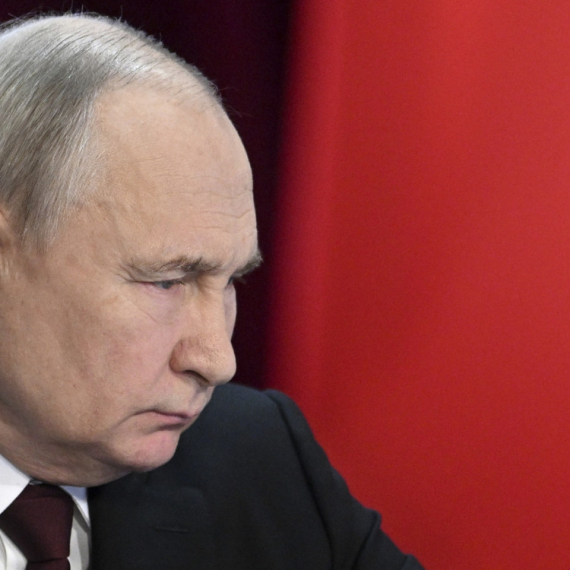Serbia's foreign debt "around EUR 26 billion"
Serbia's foreign debt at the end of August was almost EUR 26 billion - 0.5 percent less than the month before and 1 percent more than at the end of 2012.
Monday, 11.11.2013.
15:49

BELGRADE Serbia's foreign debt at the end of August was almost EUR 26 billion - 0.5 percent less than the month before and 1 percent more than at the end of 2012. This is according to the latest report from the Market Research Institute (IZIT). Serbia's foreign debt "around EUR 26 billion" The reduction came about because of a slight drop in debt in the public and private sectors. The public sector's debt was at EUR 12.96 billion, or 0.6 percent lower, while banks and companies had a debt of EUR 13.02 billion, or 0.4 percent lower. That is a mild seasonal decrease, because the need for loans is lower at that period and there is less business activity in both sectors due to holidays, IZIT stated. "In the coming reports, we can expect a growth of the foreign debt, primarily induced by the government, which will have to incur a new debt by issuing securities and getting new loans," IZIT said. The public sector was the most to blame for the growth of the public debt, as its debt went up by 6.3 percent compared to last year. The private sector's debt was EUR 13.02 billion, or 3.8 percent less than at the end of 2012. The fact that the public sector's debt doubled in August this year compared to 2008 also indicates that the government is the biggest source of new debt. This resulted in the government share of the foreign debt rising from 30.9 percent at the end of 2008 to 49.9 percent at the end of August 2013. Serbia's is a country with a high foreign debt, standing at 83.1 percent of GDP, with 80 percent of GDP marking the start of the high-debt zone, IZIT said. Tanjug
Serbia's foreign debt "around EUR 26 billion"
The reduction came about because of a slight drop in debt in the public and private sectors.The public sector's debt was at EUR 12.96 billion, or 0.6 percent lower, while banks and companies had a debt of EUR 13.02 billion, or 0.4 percent lower.
That is a mild seasonal decrease, because the need for loans is lower at that period and there is less business activity in both sectors due to holidays, IZIT stated.
"In the coming reports, we can expect a growth of the foreign debt, primarily induced by the government, which will have to incur a new debt by issuing securities and getting new loans," IZIT said.
The public sector was the most to blame for the growth of the public debt, as its debt went up by 6.3 percent compared to last year. The private sector's debt was EUR 13.02 billion, or 3.8 percent less than at the end of 2012.
The fact that the public sector's debt doubled in August this year compared to 2008 also indicates that the government is the biggest source of new debt.
This resulted in the government share of the foreign debt rising from 30.9 percent at the end of 2008 to 49.9 percent at the end of August 2013.
Serbia's is a country with a high foreign debt, standing at 83.1 percent of GDP, with 80 percent of GDP marking the start of the high-debt zone, IZIT said.


























































Komentari 3
Pogledaj komentare